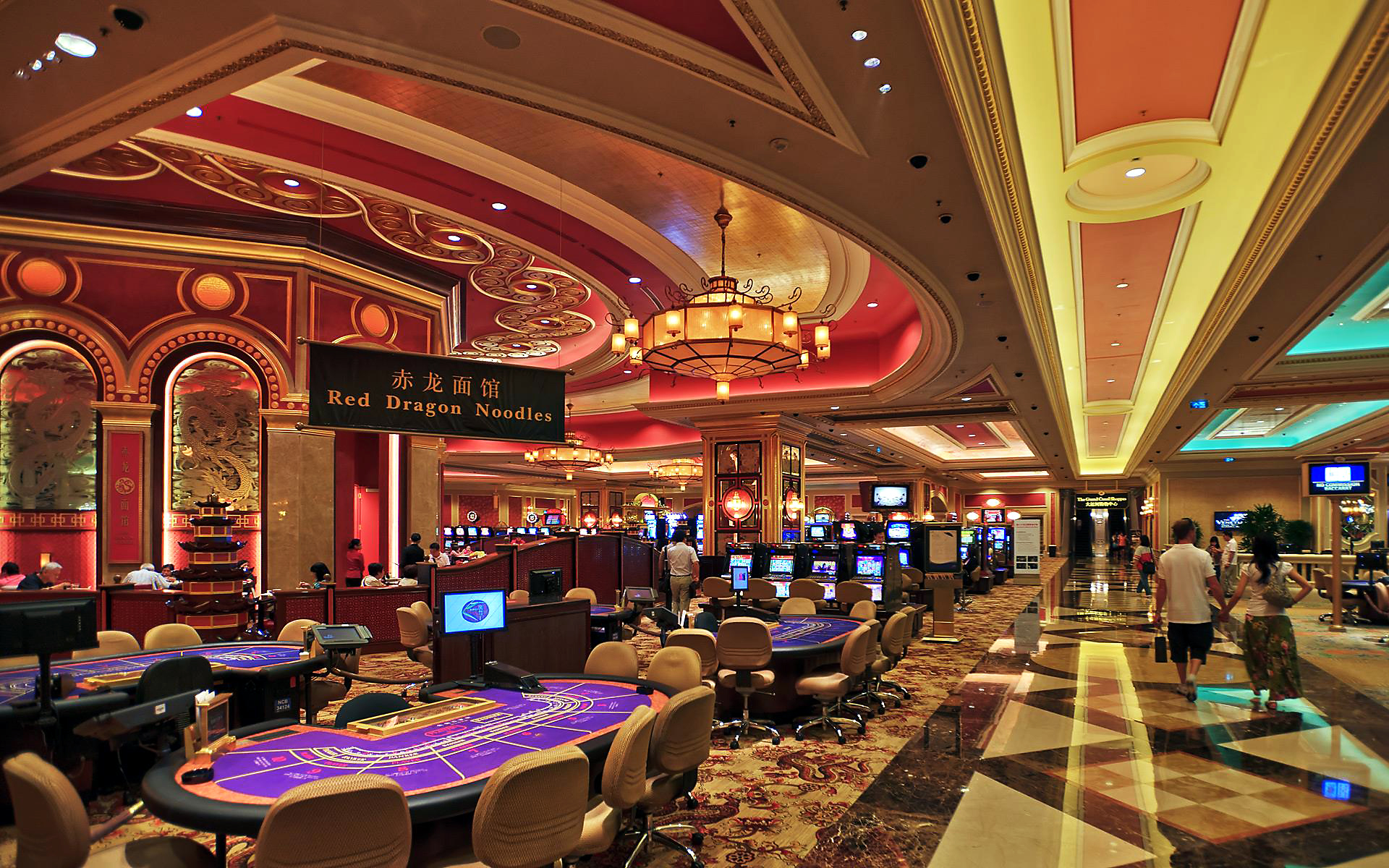
Casino games have long captivated the human imagination, drawing players into a world filled with fortune, strategy, and the allure of excitement. Each game is painstakingly crafted not just for entertainment, but also to evoke targeted emotional responses that keep participants immersed and invested. Understanding the reasons behind these designs reveals much about how behavioral psychology plays a vital role in the gaming experience.
From the vivid lights and dynamic sounds to the intricate layering of guidelines and incentives, casino games are designed to create an atmosphere of thrill and expectation. Game designers leverage psychological principles to influence participant behavior, whether through the use of jackpots, almost wins, or social connections. By examining these factors, we can better appreciate how casino games fulfill not just a want for entertainment, but deeper psychological needs for thrill and hazard.
Comprehending Player Behavior
Casino games are crafted with a thorough understanding of player psychology, which is essential for drawing in and retaining players. The excitement of the game, combined with the expectation of winning, establishes a strong allure. Game designers make use of elements like sonic elements, colorful graphics, and engaging gameplay to capture attention and evoke emotional responses. These sensory effects enhance the immersive experience, making players feel more involved in the game.
Another notable aspect of player behavior is the notion of risk/reward dynamics. KO66 Casino games often weigh risky situations with the potential for considerable rewards, which can lead to the phenomenon known as near-miss experience. When players come near to winning, the brain secretes dopamine, bolstering their behavior and prompting them to continue playing in quest of that fleeting win. This cycle of wish and letdown plays a key role in how games are constructed and promoted.
Lastly, social factors also play a pivotal role in player behavior at casinos. Many games are designed to be played in pairs or with other players, fostering a sense of togetherness and collective experience. The social interaction inherent in games like blackjack enhances enjoyment and can lead to extended gameplay. Designers take advantage on this by crafting environments that encourage players to stay, socialize, and come back, making the overall casino experience more appealing.
The Role of Visuals and Audio
Visuals and audio play a crucial role in improving the gambler’s experience within casino games. Designers utilize bright colors, striking graphics, and engaging animations to capture players’ attention and maintain their focus. The use of themes, such as exploration or opulence, helps create an engaging atmosphere that transports players into a different world. By connecting to the senses, these elements add to a intensified emotional response, encouraging players to interact more deeply with the games.
Audio design is equally important in reinforcing the experience of casino games. The combination of ambient music, sound effects for successful combinations, and ambient noises creates an auditory landscape that keeps players fascinated. Audio cues associated with wins, such as ringing bells or festive music, evoke feelings of thrill and satisfaction, encouraging players to continue playing. These audio cues are carefully placed to amplify the thrill of the game and create a more immersive experience.
Additionally, the synchronization of visuals and audio is essential for supporting the game’s overall theme and mood. Each element should coordinate harmoniously to create a cohesive experience that draws players in. The effective use of this synergy not only improves user enjoyment but also boosts the likelihood of repeat play, as players become more engaged in the captivating world that the casino games offer. This thoughtful combination of imagery and sound ultimately enhances player engagement and loyalty.
Reward Systems and Engagement
The design of casino experiences heavily depends on incentive structures to keep players involved and returning for additional experiences. These systems are rooted in behavioral theories that take advantage of human nature and desire. Participants are often driven by the thrill of winning, which is supported by immediate feedback through the game’s design. This instant gratification not only enhances the overall experience but also cultivates a feeling of achievement, encouraging participants to keep playing in hopes of bigger gains.
Gaming establishments adopt various reward structures, such as jackpots, extra rewards, and multipliers, to captivate players. These elements create a level of thrill that maintains interest. Additionally, the randomness of outcomes plays a significant role in sustaining interest. The variable reward system, where successes are unpredictable but happen often enough, maintains participants on edge and driven to continue participating. This loop of hope and expectation is essential to the effectiveness of gambling experiences.
In addition, community aspects, such as competitive events and collaborative options, boost the engagement factor by leveraging the desire to compete of players. The communal aspect of playing with others can intensify the thrill of success and create a community atmosphere within the casino. By integrating these community elements with efficient incentive structures, gambling experiences don’t just provide fun but also foster a deeper connection among players, solidifying their loyalty to the gaming experience.
